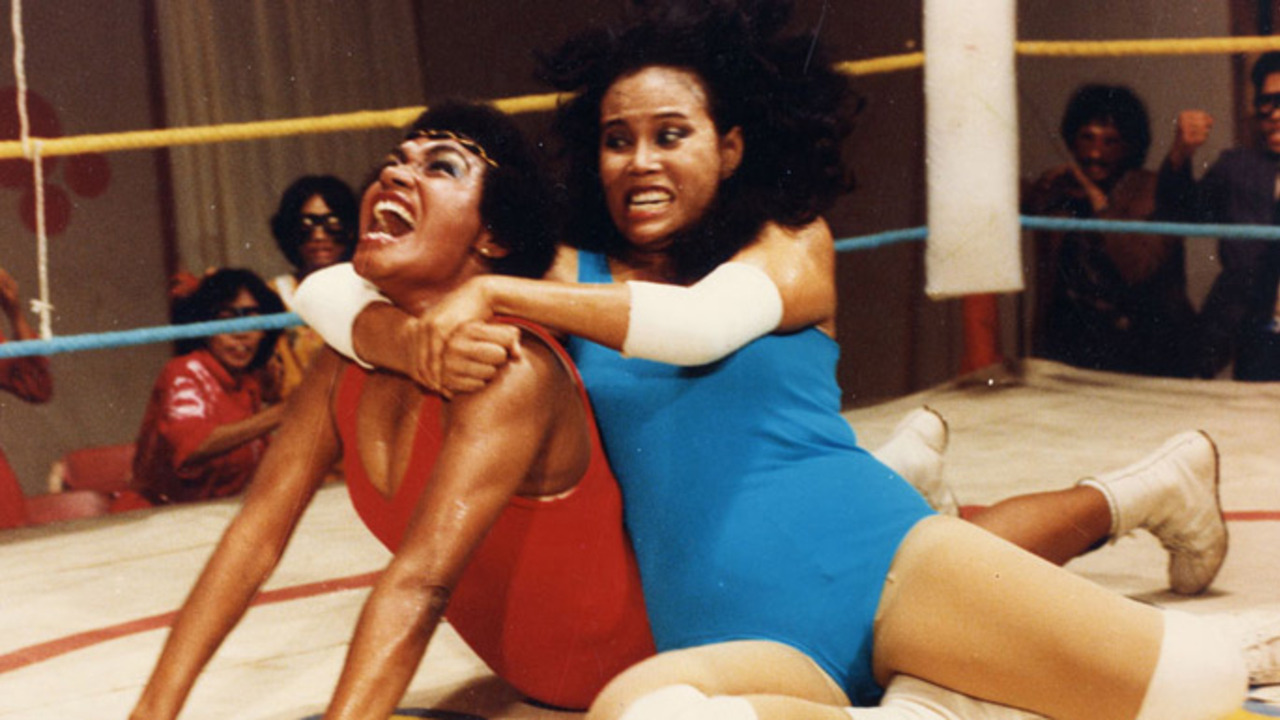A Dream is a Wish You Manifest into Your Own Reality: Celebrating All Disney Princesses as Feminists
/This is the fourth in a series of blog posts created by PhD students in my seminar, Public Intellectuals: Theory and Practice
A Dream is a Wish You Manifest into Your Own Reality: Celebrating All Disney Princesses as Feminists by Lauren Alexandra Sowa
A teenage girl escapes a reluctant assassin by fleeing through an uncharted wilderness and finds refuge in managing and organizing a half-dozen miners (each with a unique, if not challenging, personality). A compassionate young woman, who is trapped in a 24/7 care-giving position through an abusive family dynamic, finds the courage to fight against her circumstances with strength and kindness. An heiress, with a hit on her life, must spend sixteen years living under an alias, separated from her family, yet makes the best of circumstances by caring for the environment; however, she is captured and drugged nonetheless, but still has the tenacity to recover from the ordeal with grace. Are these the plot-lines from new, gender-norm-breaking, female empowerment films? No – they are the plot-lines of the three original Disney Princess fairy-tales: Snow White and the Seven Dwarfs, Cinderella, and Sleeping Beauty. In my summarization of these narratives, I have not misrepresented the heroines, but bestowed credit to them where it is often overlooked (if not negated). Disney Princesses are often critiqued for normalizing gendered behavior, specifically emphasizing their unrealistic beauty standards and focused goal of obtaining a prince to fulfill their happily-ever-after. However, as a Disney Aca-Fan and feminist, I object to this over simplification. This is not to say that I blindly defend Disney and their depiction of the Princesses, but I do take issue with this all or nothing stance. I agree with the critics in that the Disney Princesses uphold gender norms regarding dress and beauty. Other critics point to studies that indicate an increase in gender-stereotypical behavior in young girls who actively participate and play in the Disney Princess story-verse. But before pulling an Ursula and trapping the princess’ voices in a conch shell, let us take a hard look at the reality. To call the Walt Disney Company a major media conglomerate is an understatement. Much like Maleficent, the company has turned into a dragon that just keeps growing bigger and stronger. Disney culture and fandom is prevalent, powerful, and indomitable. However, when faced with some of Disney’s problematic narratives and images, I’m certainly not suggesting we just “let it go.” But I think it is incredibly fair, if not preferable, to take both a critical and celebratory view of these highly visible and influential narratives that are both culturally significant and pervasive.
There are many ways to be a feminist. For me, being a feminist and a Disney fan are not mutually exclusive. I would even argue that Disney princesses ARE feminists. Feminism not only believes in the equality of all genders, but also the equality of all races, classes, sexual-orientations and abilities/ disabilities as well as care and consideration for the environment. As I will detail in this blog post, all the Disney Princesses are feminists. They fight for their goals, follow their instincts, and treat everyone (regardless of class or beauty) with love and respect. They are also greatly impassioned by the natural environment, to the point of personifying their animal companions (show of hands of fans who can’t bear to order a flounder at a seafood restaurant – I know I can’t). Still, many viewers focus on the Princesses’ lack of agency and need for a man to be their hero. In recent years, and most likely in response to this criticism, Disney has released a series of princesses who more clearly defy their own stereotype. However, this does not mean that the previous princesses lacked autonomy or feminist qualities. Regardless of a Prince Charming, they have been breaking stereotypes and motivating young girls to fight for their goals with or without the presence of a romantic plotline. This post will explore the self-motivated, non-romantically driven actions of the Disney Princesses. Furthermore, I will look at a second, participatory project inspired by these narratives: the Dream Big, Princess initiative, where 21 young, female filmmakers from 13 countries created short films about inspiring women. Here is an example of the juxtaposition of the Dream Big, Princess campaign with the dreams of Disney’s animated Princesses.
I have classified the Disney Princesses into three groups, mostly by era, to discuss them with more clarity. Understanding the cultural context of each time period is essential to grasping how each princess was breaking normative behavior. Disney’s Golden Age Princesses include Snow White from Snow White and the Seven Dwarfs (1937), Cinderella from Cinderella (1950), and Aurora from Sleeping Beauty (1959). Disney’s Renaissance Princesses include Ariel from The Little Mermaid (1989), Belle from Beauty and the Beast (1991), Jasmine from Aladdin (1992), and Pocahontas from Pocahontas (1995). And Disney’s Post-Modern Princesses include Mulan from Mulan (1998), Tiana from The Princess and the Frog (2009), Rapunzel from Tangled (2010), Merida from Brave (2012), Anna and Elsa from Frozen (2013) (although Elsa technically goes from Princess to Queen a quarter of the way through the film), and Moana from Moana (2016).
Of the Post-Modern Princesses, the earliest and most obvious example is Mulan (1998). While Mulan falls into the generally accepted Disney Renaissance era, her personality and narrative align more with this most recent group of princesses, and I see her as the transition into this modern depiction. Mulan is not “a perfect bride or a perfect daughter” by her society’s standards. However, to save her aging father, she cuts her hair, borrows his armor, and poses as a man to fight in the upcoming war. She is not driven by romance, nor is she looking to be rescued. She struggles in a male-dominated world to prove herself and her capability. The only way she could be taken seriously is to shed all feminine attributes and learn to wield her strength both emotionally and physically.
Other examples of Disney Princesses who exhibit more apparent and straightforward examples of feminism are Tiana, Merida, and Elsa. Tiana is an independent woman who works hard in a New Orleans’s café and takes control of her life by pursuing her dream of running her own restaurant one day. Particularly moving lyrics from her song “Almost There” state:
“Trials and tribulations
I've had my share
There ain't nothin' gonna stop me now
'Cause I'ma almost there
I remember Daddy told me
Fairy tales can come true
You gotta make 'em happen
It all depends on you
So I work real hard each and every day
Now things for sure are going my way”
Now, if this song doesn’t inspire young girls to work hard for what they want and not depend on a man to make it happen for them, I am not sure what does.
Moving forward, both Merida and Moana are strong-willed, fierce adventurers, whose stories focus on familial love and self-realization.
Then, there is Elsa, an incredibly powerful (figuratively and literally – the woman can build an ice palace and create a talking snowman with some serious weather control powers) princess who then actually becomes a Queen. Although we didn’t need yet another addition to the already over-saturated line-up of blonde princesses, Frozen IS based on a Scandinavian fairy-tale. The less obvious feminist (and non-blonde) from Frozen is Elsa’s little sister, Anna. Anna falls in love with the first man she sees, to which Elsa responds, “You can’t marry a man you just met” (a blatant critique of and attempted reconciliation with past princess narratives). And while this feels unfair to Anna, and romantic love is a prevalent frame-of-mind for her, the majority of the movie focuses on her personal journey to save her kingdom and her sister, even putting herself at risk several times without hesitation to sacrifice her life for Elsa. She shows that her bravery and independence is not reliant upon a man – the act of true love is for her sister.
Rapunzel has also been met with some criticism, as on a surface level, she falls into stereotypical Disney Princess tropes of femininity (but serious #hairgoals, amiright?). However, she navigates the adventure wielding her frying pan as a weapon and acting independently of Flynn Rider (who she is falling for, but who was only playing her initially) and her overbearing Mother (who is really just her kidnapper). She also has been locked in a tower for 18 years, so I think we can cut her some leeway (but not her hair, because then it loses its power).
Disney’s Renaissance Princesses are a complicated group to unpack. Belle is usually touted as a feminist; but if to qualify as a feminist one just has to have a love of reading and not want to marry Gaston, we might need to adjust the bar we set for Disney Princesses. Belle is an independent thinker and a woman of action. She rushes on horseback into the woods to rescue her father when he doesn’t return from the invention convention. She sacrifices her freedom to save her father from The Beast. Belle doesn’t heed The Beast’s “rules” or warnings from her animated, inanimate object friends and does as she likes whilst in his castle. She is smart, stubborn, and isn’t going to be controlled by anyone, no matter how physically overbearing he (Gaston or The Beast) might be.
Princess Jasmine is an interesting case through which to examine feminist strength. Highly offensive examples of Said’s Orientalism (are we in Saudi Arabia? Is that the Taj Mahal? Lyrics such as: “where they cut off your nose if they don’t like you face, it’s barbaric, but hey, it’s home”) aside, Jasmine is undervalued. She is the first Disney Princess of color, which made her an important figure for diversity and inclusivity in Disney media. Yes, Disney still has a long way to go in this regard, and Princess Jasmine marks the beginning. She is criticized for her overtly sexualized attire, however I would argue that body shaming or slut shaming is an un-feminist behavior. The clothing of women is a complicated topic, and Jasmine deserves respect whether or not she bares her midriff. And she is, after all, the first Princess in pants.
Jasmine is resistant to the patriarchy’s attempt to dictate her future. She refuses every royal suitor and is unwavering in her belief that she should have control over her life. She even disguises herself as a peasant to escape the palace and shows compassion for those of lower class status than herself, especially when she tries to help give food to a young child on the streets.
Pocahontas is the embodiment of environmental feminism. She is deeply connected with nature and compassionately shares her views on sharing space and caring for living things with Captain John Smith. Falling in love with him happened naturally, but was never her goal. In fact, she wasn’t too excited about her arranged marriage to Kocoum. She sings:
“Should I choose the smoothest course
Steady as the beating drum?
Should I marry Kocoum?
Is all my dreaming at an end?”
Pocahontas, akin to Jasmine, wants more from life than to be married off as a Princess bride. They want the agency to choose or not choose love, rather than be told who they must love by a patriarchal system. It is their set of given circumstances that are un-feminist, not their behavior.
As this blog is called “Confessions of an Aca-Fan,” I would like to take the opportunity to make a confession here. I have never had a positive response to Ariel, because I was always frustrated that she wanted to physically change who she was to get a man and could only do so by literally giving up her voice. However, upon further reflection, I have misjudged her. In the first 10 minutes of the film, she breaks all the rules of a damsel in distress when she is the one who saves the prince, not the other way around.
She uses brute strength to pull a man twice her weight through the ocean and onto the shore. Furthermore, her fascination with life out of the sea stems much deeper than her infatuation with Prince Eric. She has been collecting shore-life artifacts her whole life. “Gizmos and gadgets aplenty” are not something you accumulate overnight. Yes, she wants to win Prince Eric’s heart, but her dream is to be “up where they walk, up where they run, up where they stay all day in the sun.” She also has the impression that on the land “they don’t reprimand their daughters.” This, we know, unfortunately is not true. The land is just as patriarchal as the sea. But the important focus here is that she yearns for a place where she can make her own choices as one of the “bright, young women.”
The final group of Disney Princesses are the original three, the Disney’s Golden Age Princesses, which brings me full circle (of life). Snow White, Cinderella, and Aurora demonstrate strength and grace under exceedingly unfair circumstances. Both Snow White and Cinderella were betrayed by the women in their lives who were supposed to give them care and protection. Aurora was cursed by an enraged woman who was not on the invite list. These women are not victims of patriarchy, but survivors of abuse at the hands of other women. Yet, rather than be embittered, they rise above their given circumstances, care for the creatures around them, and take risks to survive and thrive. Feminists are in romantic relationships and feminists are not in romantic relationships. For these Princesses specifically, if one wants to judge their actions solely on their narrative ending with a Prince Charming, be my (our) guest. But to do so by minimizing the complexity of their given circumstances and writing them off as prince-crazy social climbers, is quite simply, bibbidi- bobbidi-dumb!
All this to say, it is not a huge stretch to connect the actions of all the Disney Princesses to the functionality of the Dream Big, Princess campaign. The Dream Big, Princess campaign is just one example of how Disney Princesses inspire real world feminist behavior in their fans. Disney provided the opportunity to 21 young filmmakers to each shoot a short docu-video through their interviews with a global, female role model who embodies the resourcefulness and grit of Disney Princesses. These role models followed their dreams and worked hard to make them her reality. The young film makers featured were: Luiza Yoshida Bonifacio (age 16) of Brazil, Javiera Hernandez Morales (age 19) of Chile, Eugenie Chereau (age 21) of Argentina, Alyssa Schiavon Gandini (age 22) of Brazil, Eloisa Chapa Ortiz (age 15) of Mexico, Bethel Kyeza (age 16) of the UK, Sarah Gulley (age 19) of New Zealand, Lola Lizot (age 18) of France, Marisa Torre (age 17) of the USA, Marisa Umeh (age 18) of the USA, Soukaina Tachfouti (age 18) of Morocco, Tapiwa Maoni (age 18) of Malawi, Kayla Adams (age 18) of the USA, Louise Zeng (age 17) of the USA, Xiaochun Zhang (age 22) of China, Madhurima Khadilkar (age 19) of India, Nivaal Rehman (age 17) of Canada, Maryam Rehman (age 17) of Canada, Mariana Anaya (age 17) of Mexico, Jessica Zhang (age 16) of the USA, and Maud Webster (age 16) of the UK. These young women represent a diverse array of cultures and perspectives. This project gives them the opportunity to develop their media making skills and highlight the journey of female athletes, artists, entrepreneurs, and activists. This link showcases their docu-videos.
Furthermore, during the time of the campaign, for every photo or video shared by anyone with #dreambigprincess, Disney donated a $1 (up to $1 million) to Girl Up, the United Nations Foundation’s initiative supporting girls’ leadership and empowerment. Following this hashtag leads to thousands of posts from women of all ages sharing their stories of strength and perseverance. Yes, this is absolutely a marketing campaign disguised as an empowerment project. Moreover, it is an example of commodity activism. The Walt Disney Corporation benefits financially from this project as this drives the sales of its products. However, that does not negate this project’s positive impact; the girl participants are given a platform and their work will in turn inspire others. My contention is that Disney, its parks, stories, and merchandises will not turn into pumpkins at the stroke of midnight. This cultural phenomenon is here to stay. Therefore, it is advantageous to celebrate the ways in which we can tease out the good, the empowering, and the educational from this storyverse.
We can all learn from the Disney Princesses’ moxie. They persevere through loss, discrimination, and obstacles. More than their romantic relationships and physical appearances, they are heroines. So when young children say they want to be like a Disney Princess, we should support them. These characters and narratives don’t just teach that dreams come true; they teach that dreams can be obtained through persistence and bravery.
Lauren Alexandra Sowa is a 3rd year Ph.D. student and Annenberg Fellow in Communication at USC’s Annenberg School for Communication and Journalism. She holds a Master of Communication Management degree from USC’s Annenberg and received her BFA with Honors in Theatre with a Minor in Sociology from New York University’s Tisch School of the Arts. Currently, Lauren is studying representations of intersectionality in episodic narratives through casting practices and exploring how audiences utilize media to perform and/or redefine identities. Broadly, her primary intellectual interests include Cultural Studies, Fandom, Television/ Pop Culture, and Intersectionality. Lauren is also a member of SAG-AFTRA and AEA having performed in national commercials, television shows, and professional theater productions in Chicago, New York and Los Angeles. She studied Improvisation at Second City in Chicago and trained in the Professional Acting Shakespeare Program at the Royal Academy of Dramatic Arts in London (RADA).










































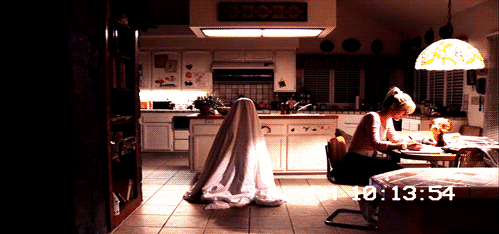







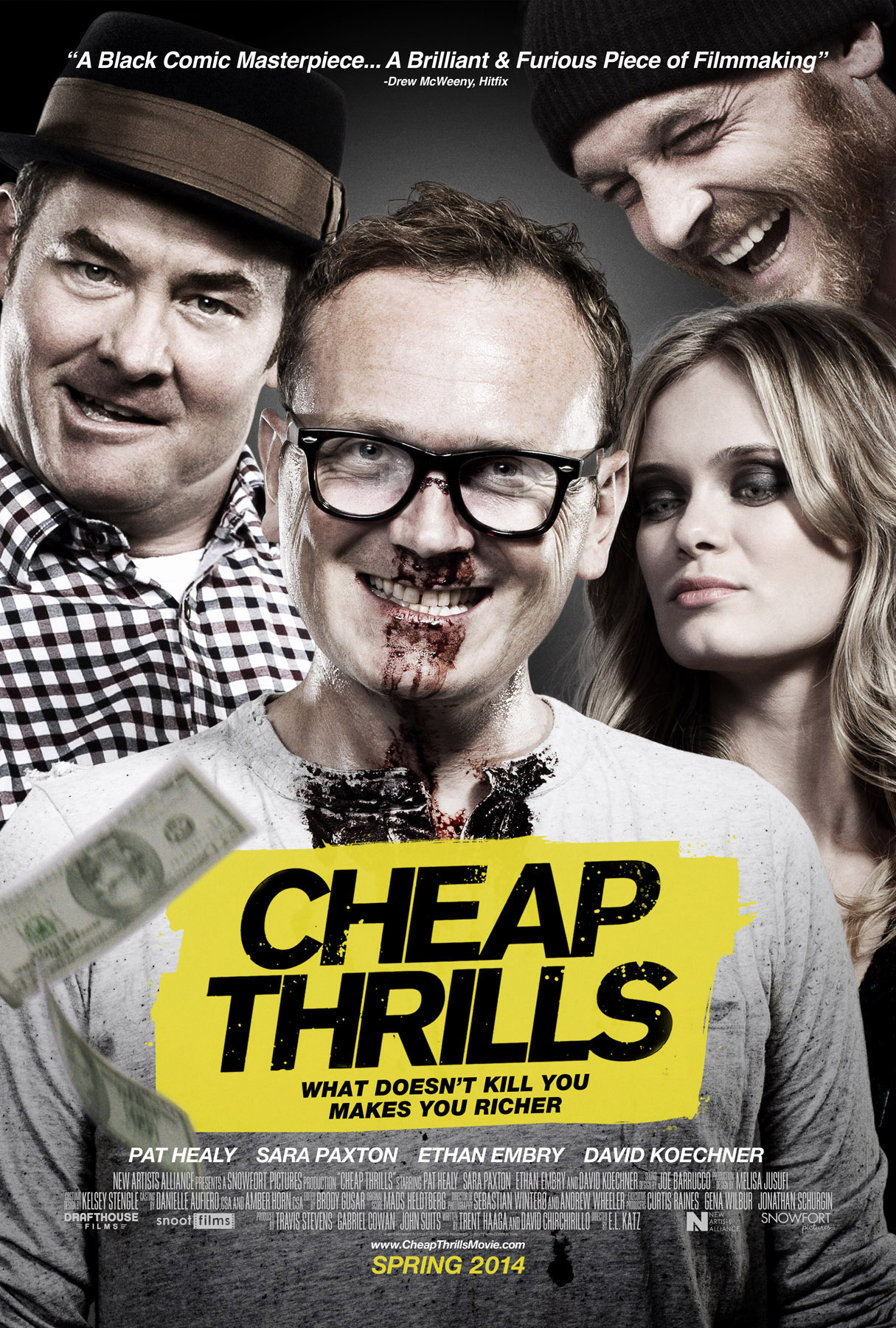




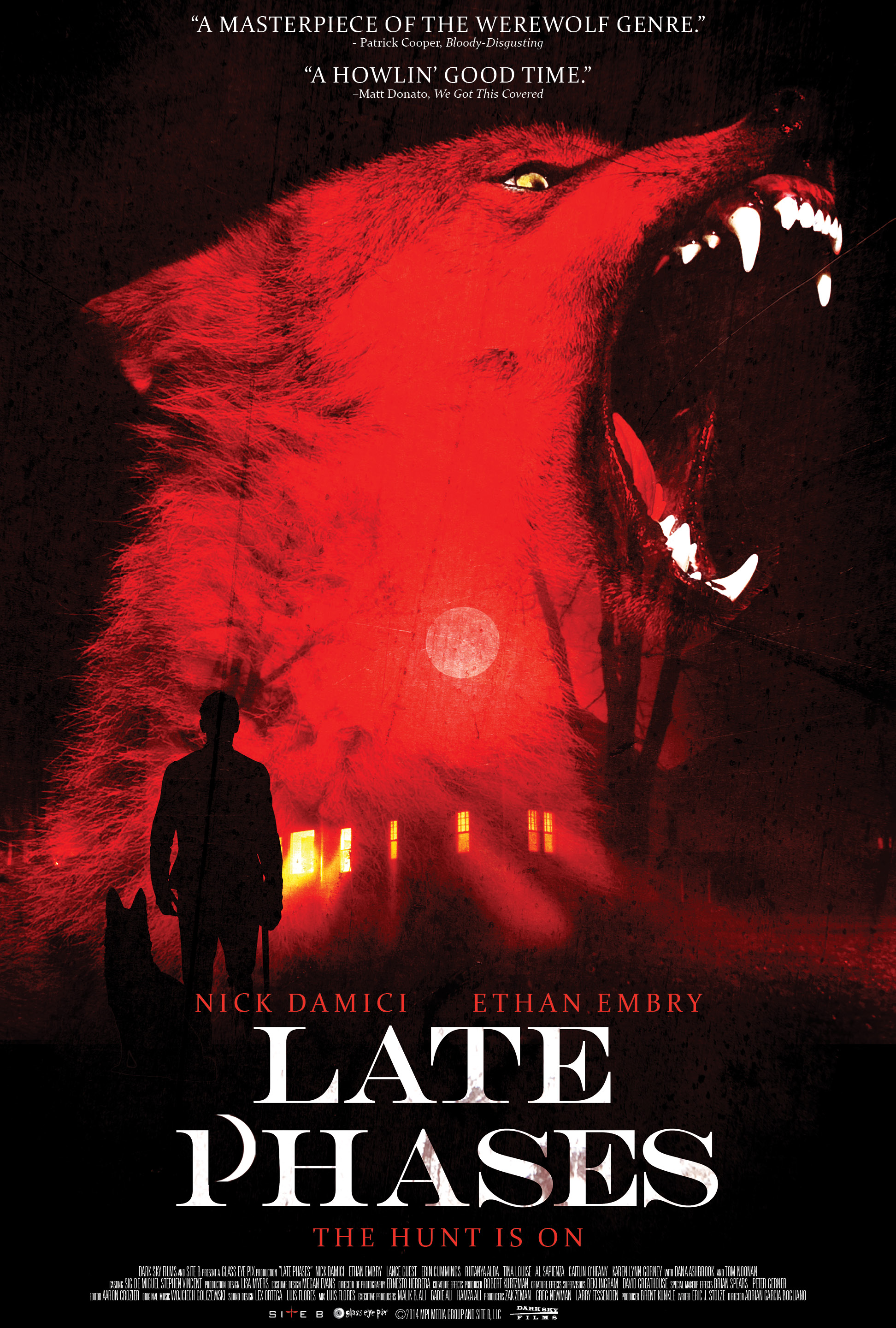










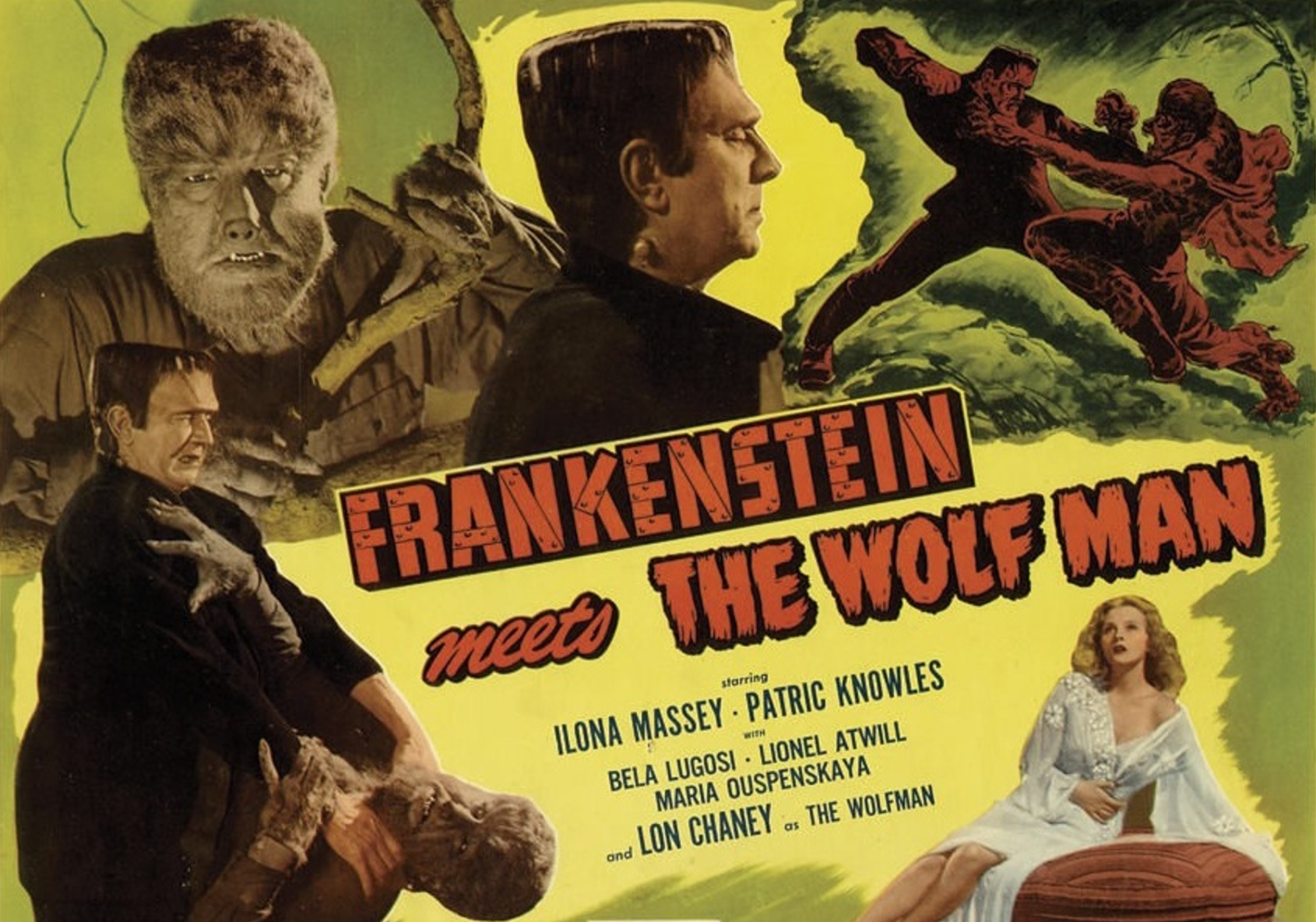










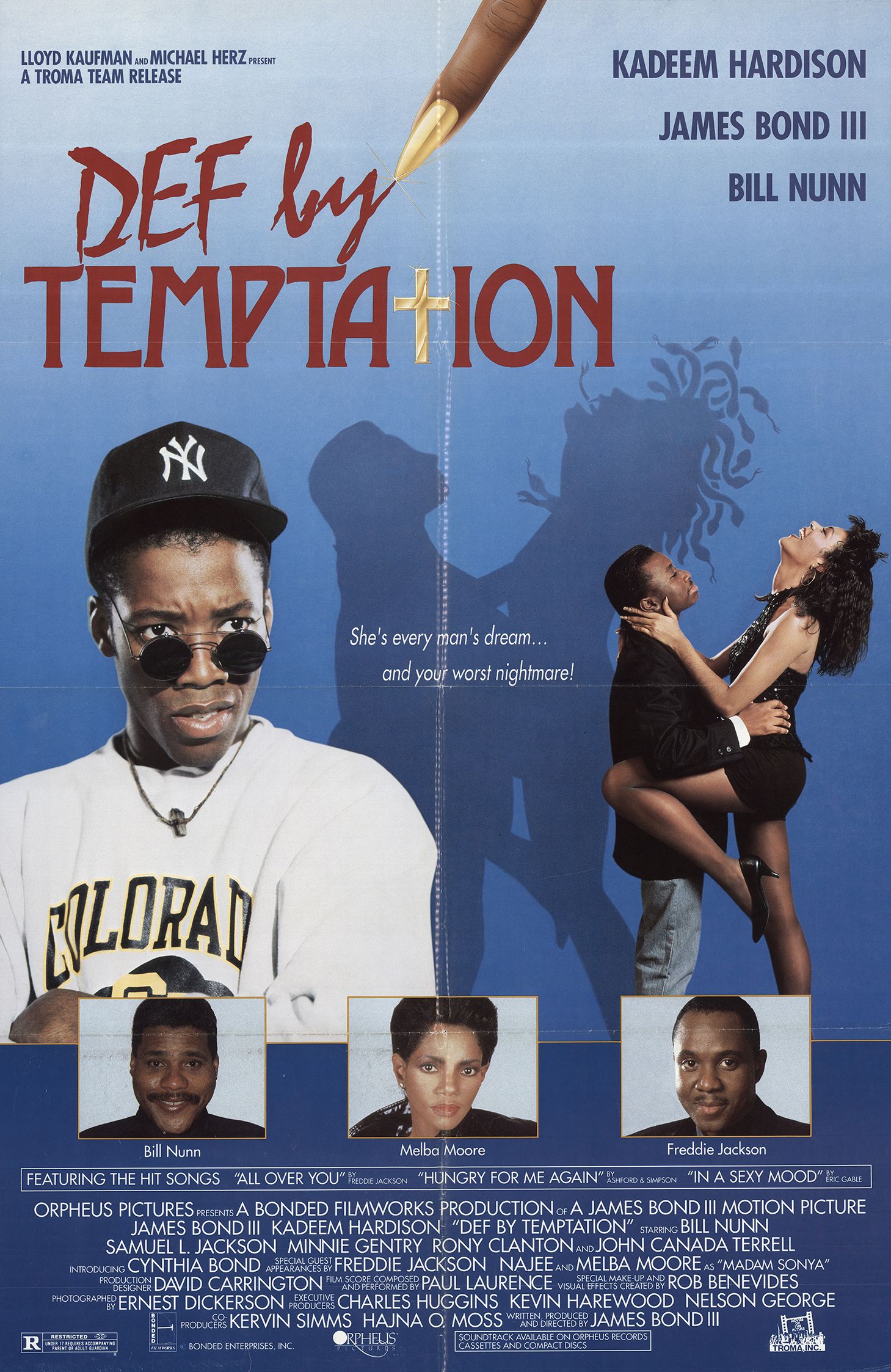











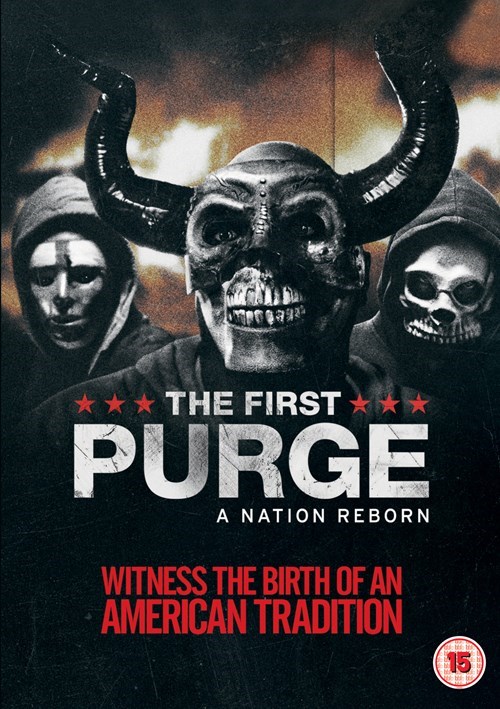
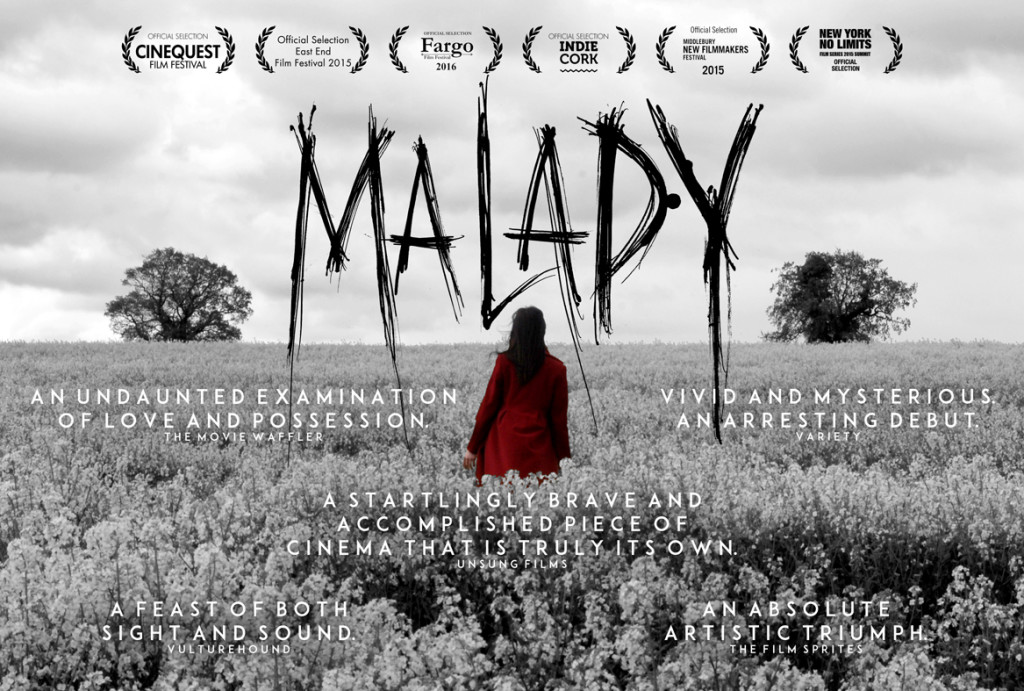



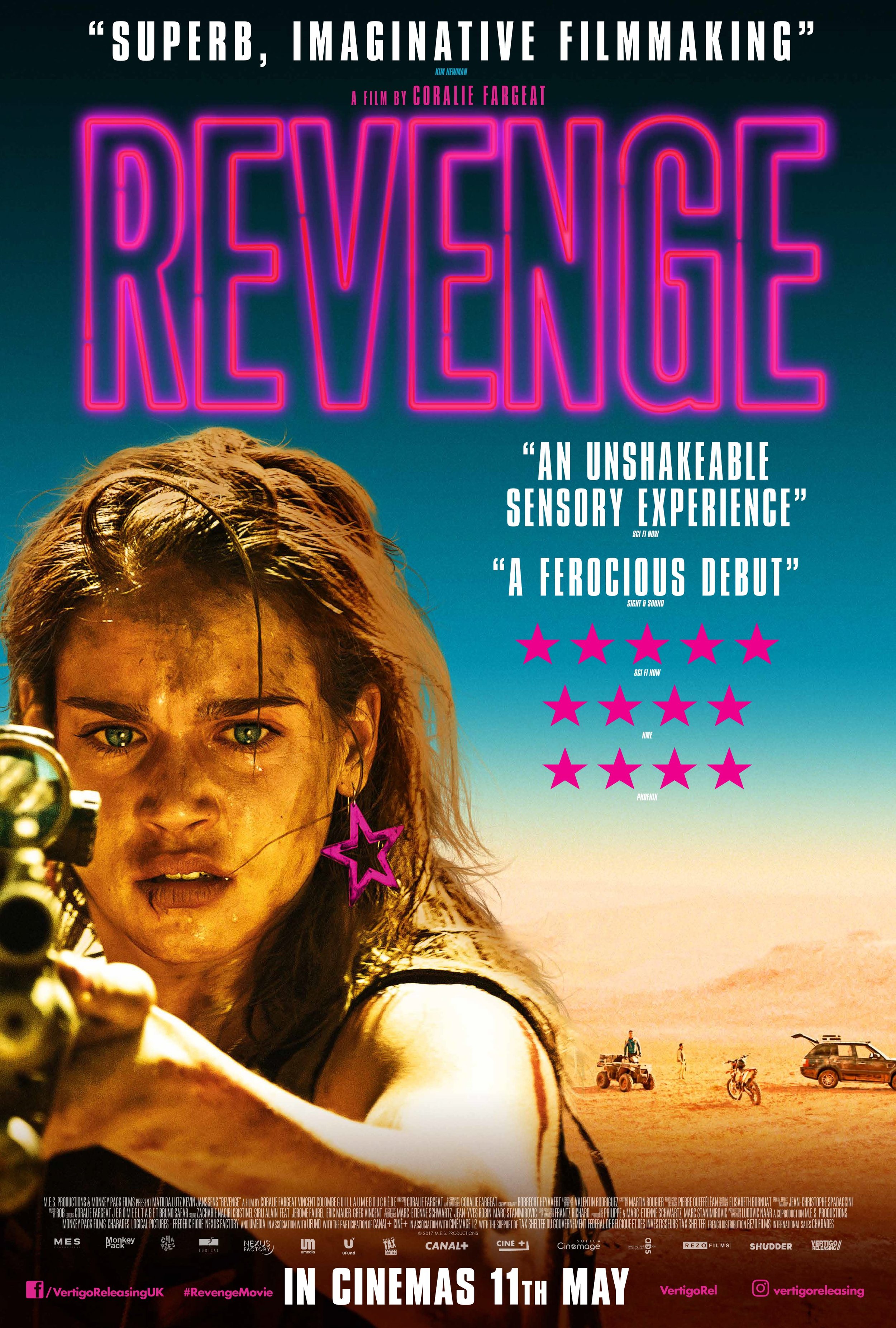



















































![final score].jpg](https://images.squarespace-cdn.com/content/v1/592880808419c27d193683ef/1547205941837-UU8H53CM4AJ0REP972PI/final+score%5D.jpg)







